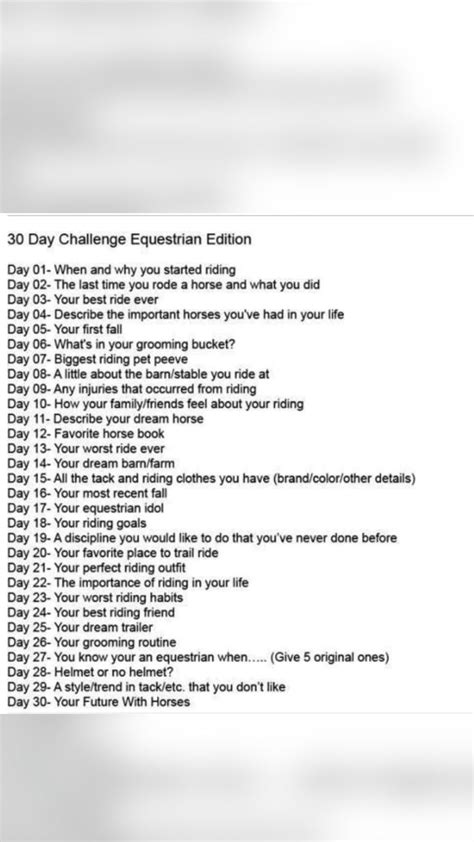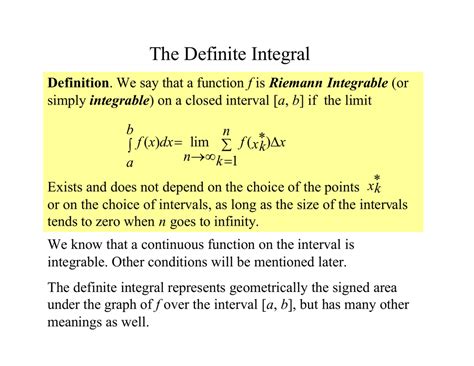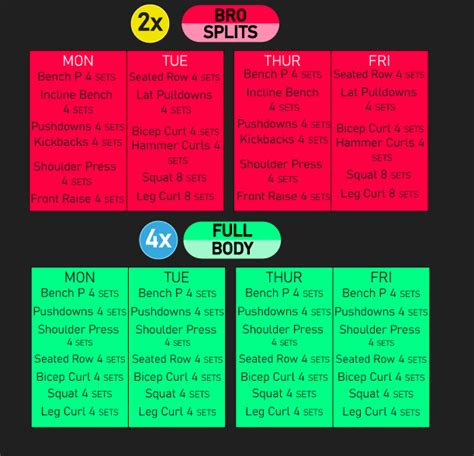Optimize strength gains: best reps, sets, and rest for peak performance?
Unlocking Your Strength Potential: The Science of Reps, Sets, and Rest
Achieving significant strength gains isn’t just about lifting heavy; it’s about lifting smart. The intricate interplay of repetitions (reps), sets, and rest intervals dictates your body’s adaptive response, dictating whether you build raw power, lean muscle, or muscular endurance. Understanding and manipulating these variables are crucial for anyone aiming to optimize their training for peak performance.
Rep Ranges: Tailoring Your Training for Specific Adaptations
The number of repetitions you perform per set is perhaps the most fundamental variable in strength training, directly influencing the physiological response. Different rep ranges are associated with different adaptations:
- 1-5 Reps (Maximal Strength): This range focuses on neurological adaptations, improving the efficiency of your central nervous system to recruit muscle fibers. It builds raw strength and power, making each rep challenging but allowing for the heaviest loads.
- 6-12 Reps (Hypertrophy/Muscle Growth): Often considered the sweet spot for muscle growth, this range creates sufficient mechanical tension and metabolic stress to stimulate cellular adaptation and increase muscle size.
- 12+ Reps (Muscular Endurance): Higher rep counts primarily enhance a muscle’s ability to sustain contractions over time, improving endurance and cardiovascular fitness rather than maximal strength or size.
For optimizing pure strength gains, the 1-5 rep range should be your primary focus, occasionally venturing into 6-8 reps to support hypertrophy, which in turn provides a larger engine for strength.
Structuring Your Sets: Volume, Intensity, and Effort
The number of sets you perform for an exercise or muscle group, combined with the intensity (weight lifted) and effort (proximity to failure), determines your total training volume. For strength optimization:
- Volume: Typically, 3-6 working sets per exercise are recommended when training for maximal strength. This allows for sufficient exposure to heavy loads without excessive fatigue that could compromise form or recovery.
- Intensity: You should be lifting weights that are 80% or more of your one-rep maximum (1RM) to effectively stimulate strength adaptations in the 1-5 rep range.
- Effort: Each set should be challenging, pushing you close to muscular failure (RPE 8-9) while maintaining excellent form.
Progressive overload, the gradual increase in stress placed upon the body during training, is paramount. This can be achieved by increasing weight, sets, reps, or decreasing rest times over time.

The Critical Role of Rest Intervals
Rest periods between sets are often overlooked but are absolutely vital for strength training. Their purpose is to allow for the recovery of your phosphocreatine system (the primary energy source for short, explosive movements) and your central nervous system.
- 2-5 Minutes (Maximal Strength): When training with heavy loads for maximal strength, longer rest periods (3-5 minutes, sometimes even more for very heavy compound lifts) are essential. This ensures that you are adequately recovered to perform each subsequent set with maximal effort and good technique, preventing premature fatigue from limiting your performance.
- 60-90 Seconds (Hypertrophy): Shorter rest periods are typically used for hypertrophy training to maximize metabolic stress.
- 30-60 Seconds (Endurance): Very short rest times are common in muscular endurance circuits.
Adequate rest between sets directly correlates with your ability to maintain high intensity and lift heavier weights for more quality reps across multiple sets.

Integrating Principles for Peak Performance
To truly optimize strength gains, these variables must be integrated into a cohesive training program. A common approach for strength athletes involves:
- Compound Movements First: Prioritize exercises like squats, deadlifts, bench presses, and overhead presses, as they engage multiple muscle groups and allow for the heaviest loads.
- Strength-Focused Phases: Dedicate periods (e.g., 4-6 weeks) to exclusively training in the 1-5 rep range with long rest periods.
- Strategic Variation: Incorporate some hypertrophy-focused work (6-12 reps) to build a larger muscle base, which supports long-term strength development.
- Listen to Your Body: Adjust reps, sets, or rest based on daily energy levels and recovery. Overtraining can be as detrimental as undertraining.

Putting It All Together: A Sample Approach
Consider a strength block for a major lift like the squat:
- Warm-up: Progressive sets leading up to your working weight.
- Working Sets: 4 sets of 3-5 reps at 85-90% 1RM.
- Rest: 3-5 minutes between each working set.
- Accessory Work: Follow with exercises in the 6-12 rep range for supporting muscles (e.g., lunges, good mornings) with shorter rest.

Conclusion
Optimizing strength gains requires a deliberate and scientific approach to reps, sets, and rest. By understanding how each variable contributes to muscular and neurological adaptation, you can fine-tune your training to break through plateaus and achieve peak performance. Consistency, progressive overload, and a willingness to listen to your body will be your most valuable tools on the path to becoming stronger.



